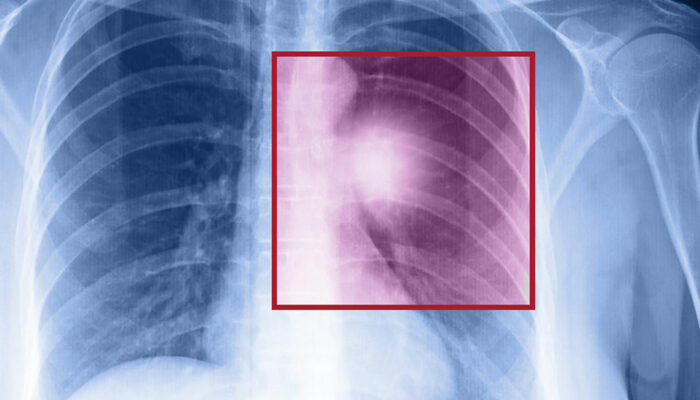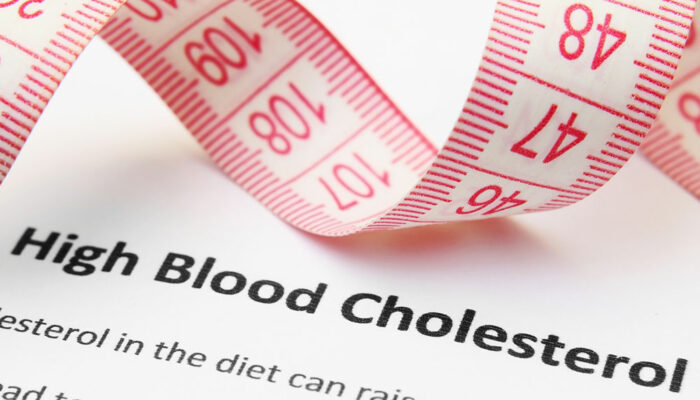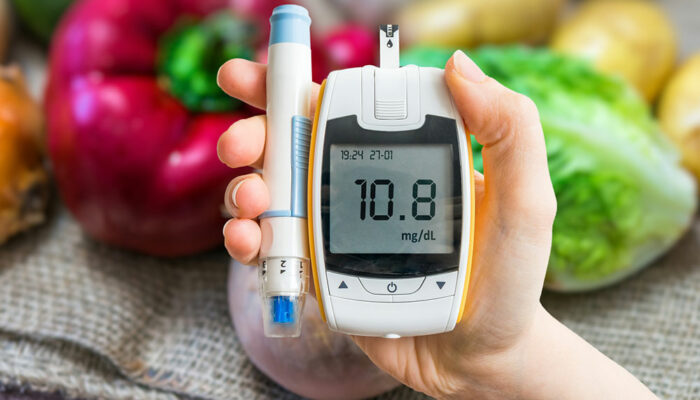
health
Common blood disorders – Symptoms, causes, and risk factors
Blood disorders can be of various types. The most common ones include anemia, bleeding and clotting disorders like hemophilia, and cancers like lymphoma and leukemia. In this article, let’s look at the symptoms, causes, and risk factors associated with some of the common blood disorders. Read on to know more about three common blood disorders. Leukemia Among the most common symptoms of leukemia are extreme fatigue and feeling ill. Additionally, people with leukemia have a tendency to bleed easily; the urine or stool may be accompanied by blood, or patients might bleed from their nose or gums. One may also experience swollen lymph nodes, weight loss, and a loss of appetite. Causes: Leukemia typically develops when the DNA inside the blood cells starts getting damaged, which can cause the blood cells to grow and divide uncontrollably. In this situation, the healthy blood cells die and are replaced by new abnormal cells, which develop inside the bone marrow. However, abnormal blood cells do not die naturally and keep building up. This leads to the cancerous cells overcrowding and outnumbering the healthy cells, resulting in leukemia. Risk factors: The most common risk factor associated with leukemia is the presence of certain viruses (human T-lymphotropic virus) in the body.
Read More 








